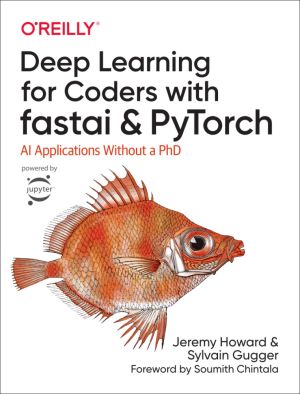Deep Learning for Coders with Fastai and PyTorch
AI Applications Without a PhD
by Jeremy Howard, Sylvain Gugger
DescriptionTable of ContentsDetailsReport an issue
Authors Jeremy Howard and Sylvain Gugger, the creators of fastai, show you how to train a model on a wide range of tasks using fastai and PyTorch. You'll also dive progressively further into deep learning theory to gain a complete understanding of the algorithms behind the scenes.
- Train models in computer vision, natural language processing, tabular data, and collaborative filtering
- Learn the latest deep learning techniques that matter most in practice
- Improve accuracy, speed, and reliability by understanding how deep learning models work
- Discover how to turn your models into web applications
- Implement deep learning algorithms from scratch
- Consider the ethical implications of your work
- Gain insight from the foreword by PyTorch cofounder, Soumith Chintala. 





Book Description
Deep learning is often viewed as the exclusive domain of math PhDs and big tech companies. But as this hands-on guide demonstrates, programmers comfortable with Python can achieve impressive results in deep learning with little math background, small amounts of data, and minimal code. How? With fastai, the first library to provide a consistent interface to the most frequently used deep learning applications.Authors Jeremy Howard and Sylvain Gugger, the creators of fastai, show you how to train a model on a wide range of tasks using fastai and PyTorch. You'll also dive progressively further into deep learning theory to gain a complete understanding of the algorithms behind the scenes.
- Train models in computer vision, natural language processing, tabular data, and collaborative filtering
- Learn the latest deep learning techniques that matter most in practice
- Improve accuracy, speed, and reliability by understanding how deep learning models work
- Discover how to turn your models into web applications
- Implement deep learning algorithms from scratch
- Consider the ethical implications of your work
- Gain insight from the foreword by PyTorch cofounder, Soumith Chintala.
This open book is licensed under a GNU Free Documentation License (GNU FDL). Free download in PDF format is not available. You can read Deep Learning for Coders with Fastai and PyTorch book online for free.
Table of Contents
Part I
Deep Learning in Practice
Chapter 1
Your Deep Learning Journey
Chapter 2
From Model to Production
Chapter 3
Data Ethics
Part II
Understanding fastai's Applications
Chapter 4
Under the Hood: Training a Digit Classifier
Chapter 5
Image Classification
Chapter 6
Other Computer Vision Problems
Chapter 7
Training a State-of-the-Art Model
Chapter 8
Collaborative Filtering Deep Dive
Chapter 9
Tabular Modeling Deep Dive
Chapter 10
NLP Deep Dive: RNNs
Chapter 11
Data Munging with fastai's Mid-Level API
Part III
Foundations of Deep Learning
Chapter 12
A Language Model from Scratch
Chapter 13
Convolutional Neural Networks
Chapter 14
ResNets
Chapter 15
Application Architectures Deep Dive
Chapter 16
The Training Process
Part IV
Deep Learning from Scratch
Chapter 17
A Neural Net from the Foundations
Chapter 18
CNN Interpretation with CAM
Chapter 19
A fastai Learner from Scratch
Chapter 20
Concluding Thoughts
Book Details
Title
Deep Learning for Coders with Fastai and PyTorch
Subject
Computer Science
Publisher
O'Reilly Media
Published
2020
Pages
624
Edition
1
Language
English
ISBN13 Digital
9781492045526
ISBN10 Digital
1492045527
License
GNU FDL
Related Books
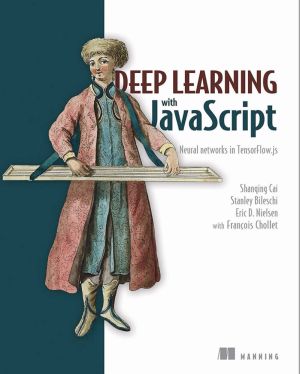
Deep learning has transformed the fields of computer vision, image processing, and natural language applications. Thanks to TensorFlow.js, now JavaScript developers can build deep learning apps without relying on Python or R. Deep Learning with JavaScript shows developers how they can bring DL technology to the web. Written by the main authors of t...
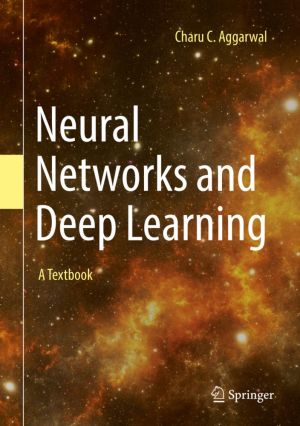
This book covers both classical and modern models in deep learning. The chapters of this book span three categories:
The basics of neural networks: Many traditional machine learning models can be understood as special cases of neural networks. An emphasis is placed in the first two chapters on understanding the relationship between traditional mac...
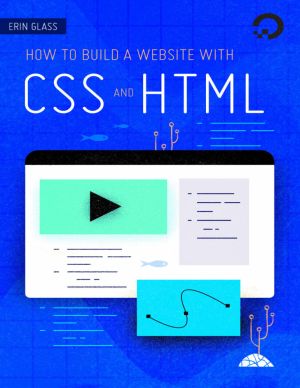
This project-based eBook will introduce you to Cascading Style Sheets (CSS), a stylesheet language used to control the presentation of websites, by building a personal website using our demonstration site as a model. Though our demonstration site features Sammy the Shark, you can switch out Sammy's information with your own if you wish to pers...

When you combine the sheer scale and range of digital information now available with a journalist's "nose for news" and her ability to tell a compelling story, a new world of possibility opens up. With The Data Journalism Handbook, you'll explore the potential, limits, and applied uses of this new and fascinating field.
This ...
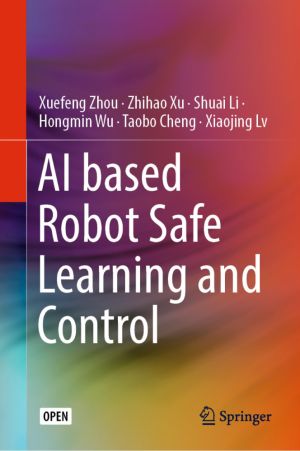
This open book mainly focuses on the safe control of robot manipulators. The control schemes are mainly developed based on dynamic neural network, which is an important theoretical branch of deep reinforcement learning. In order to enhance the safety performance of robot systems, the control strategies include adaptive tracking control for robots w...

This book deals with the relevance of recognition and validation of non-formal and informal learning in education and training, the workplace and society. In an increasing number of countries, it is at the top of the policy and research agenda ranking among the possible ways to redress the glaring lack of relevant academic and vocational qualificat...

